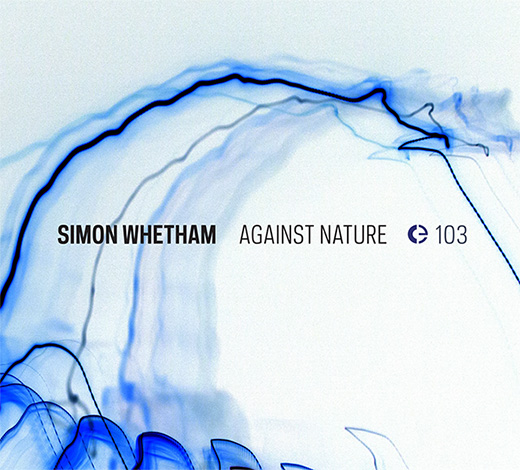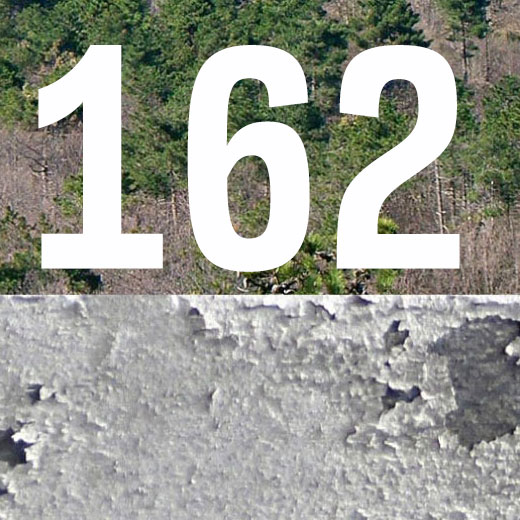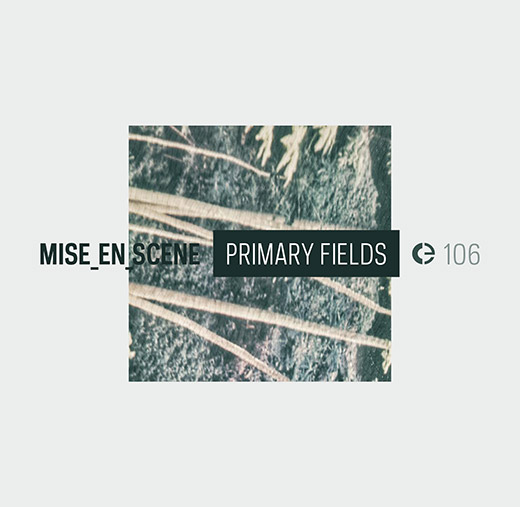
Det absolut første, man undrer sig over, når man sætter den seneste plade fra den engelske lydkunstner Simon Whetham på, er titlen. Han har ad flere omgange ydet bidrag til det fremragende radioprogram Framework, som i mange år har arbejdet for at udbrede kendskab og kærlighed til lydkunst, field recordings og naturlyde. Fra en kunstner, som i årevis har lavet feltoptagelser og brugt dem til spændende værker, er “Against Nature†ved første øjekast den mest blasfemiske titel, man kunne forestille sig.
Pladen er udgivet på det portugisiske kvalitetslabel Crónica, som foruden Whetham også udgiver plader med kunstnere som Marc Behrens, Francisco López og Lawrence English, hvis genremæssige udgangspunkt også ligger i berøringsfladerne mellem eksperimenterende musik og lydkunst.
“Against Nature†er Whethams tredje udgivelse på Crónica, og den fungerer som efterfølger til den ekstremt overbevisende “Never So Alone†fra 2013. Pladens råmateriale, som er optaget under et residency i Kristiansand, består af lyde, som er kendetegnet ved sammenbrud af en strukturel orden: “Sounds emitted by badly built microphones, over-burdened amplifiers, motors driven by sound impulses, misbehaving software, objects toppling.†Pladen omfavner på et strengt konceptuelt niveau mislyd, fejl og uforudsigeligheder, og projektet synes at være forvaltningen af dette niveau.
Faktisk lyder “Against Nature†som ét langt, heroisk forsøg på fra Whethams side at tage herredømme over sit eget materiale. Hans metode er at behandle sine optagelser som objekter og iscenesætte dem på ny; give dem ny kontekst. Det er dén indre dynamik, som driver pladen fremad. Materialets små ikke-intentioner gør hele tiden modstand, og resultatet giver fornemmelsen af en konstant sydende tilstand af ustabilitet, støj, melankoli og kamp. Spørgsmålet er, hvorvidt det er en kamp, Whetham kan vinde; om han overhovedet kan få sit materiale til at makke ret og blive pænt stående, stille, i nye konstellationer.
Lydkunst lider (i højere grad end måske nogen anden kunstgenre) under den forbandelse, at det tiltrækker pseudo-kunstnere og dilettanter, der med udgangspunkt i retningsløst klovneri væver atter nye varianter af Kejserens Nye Plader. Simon Whetham tilhører imidlertid lydkunstens elite, og han er før sluppet af sted med langt mere vanvittige ting end et genstridigt råmateriale. Eksempelvis er det lykkedes ham at blande feltoptagelser og musik, uden at det er blevet uudholdelig kitsch. En sand præstation.
På samme måde er “Against Nature†en balancegang eller en stiløvelse i at producere et konceptuelt værk, som langt hen ad vejen undgår de fælder, som konceptuelle værker ellers normalt falder i: De bliver hermetiske og utilnærmeligt pastorale i deres insisteren på ren ånd. Derimod lyder Whethams værk til tider også rigtig godt.
Mere end måske nogen anden inden for genren mestrer Simon Whetham forholdet mellem forgrund og baggrund – eller rettere flade og objekt. Af og til bevæger lyde sig umærkeligt fra baggrunden ind i forgrunden og tilbage igen; andre gange trænger materialets beskaffenhed igennem og gør overgangene alt andet end smidige, á la lyden har udført en ulovlig handling og vil blive lukket.
Der er en indbygget dobbelthed i “Against Natureâ€. Det ene øjeblik forekommer den smuk og imødekommende, det næste sidder man og presser høretelefonerne mod ørerne for at forsøge finde rundt i, hvad fanden der egentlig foregÃ¥r derinde i lydbilledet. Pladen ligger hele tiden og slÃ¥r sig mellem det akkurat forstÃ¥elige og det akkurat uforstÃ¥elige, og det er netop dér, “Against Nature†henter sin kunstneriske kraft. Man fÃ¥r simpelthen aldrig en fornemmelse af, at Whetham har fuld kontrol over sit materiale, men det lader heller ikke pÃ¥ noget tidspunkt til for alvor at være meningen. Jonas Siig
via Passive/Aggressive





